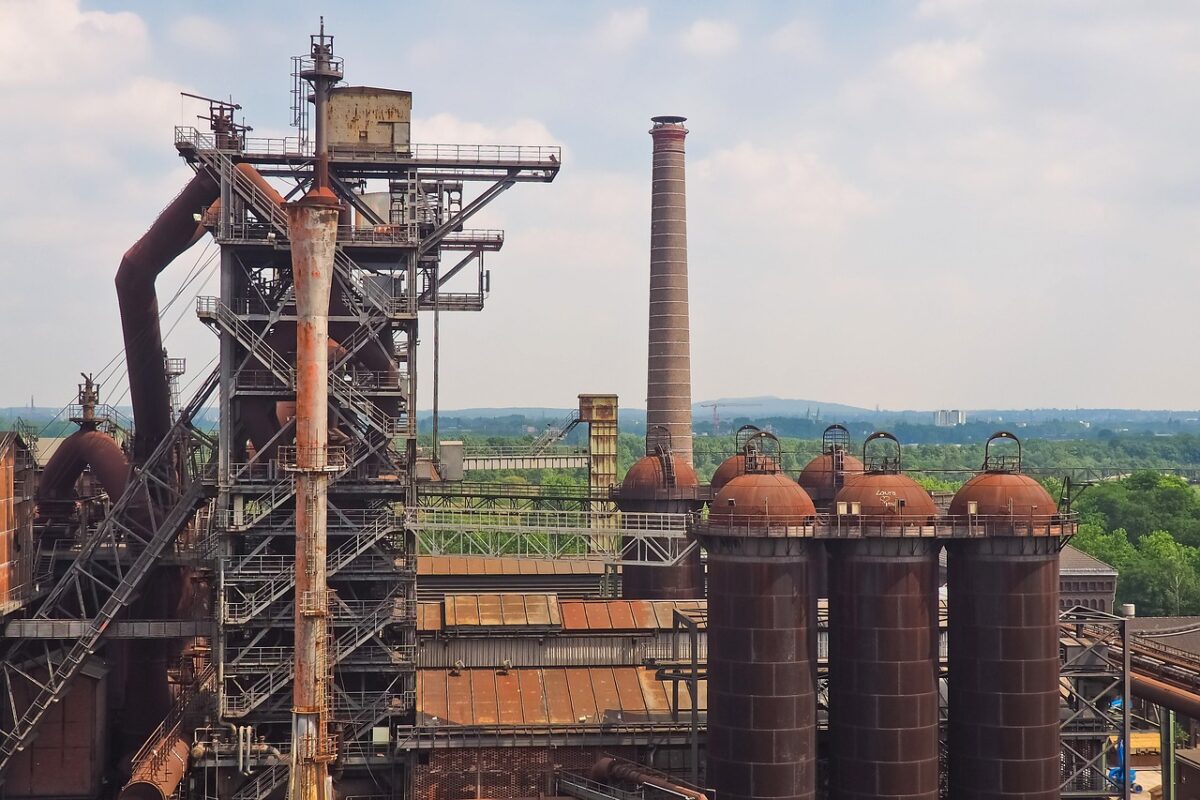How Much is CIPP?

Cured-in-place pipe, also known as CIPP, is a popular modern solution for rehabilitating existing pipelines. With these innovative options, you can skip extensive excavation.
The trenchless technology is popular because it provides efficiency, durability, and cost-effective parameters. But questions remain about just how much it costs. There are different factors that can affect the cost. However, when you compare total costs to those of traditional excavation methods, you will quickly see a big difference.
CIPP Costs
A cured-in-place pipe uses a resin-saturated liner material that is inserted into the damaged pipe. This liner is inflated and cured, which creates a brand-new pipe layer. It fits tightly and has no seams. It blends with the old pipe, effectively reducing waste as well.
Factors That Influence Cost
The thing to be aware of is that the costs can vary. There are different elements that will make a difference. In most cases, it depends on the materials that are needed.
These elements are part of the cost equation:
- Diameter of pipe in question – larger diameters require more materials to cover.
- Length of pipe and repair – longer sections require more materials.
- Existing pipe condition – heavily damaged or obstructed pipes require extra prep work.
- Accessibility – access point locations might affect the cost of labor associated.
- Geographic locations – prices may be different in various areas depending on labor rates and regulatory requirements.
- Curing method – using UV for curing speeds up the process but may also cost slightly more. The curing method could impact cost.
Average Cost of CIPP
Typically, companies will charge per foot of material and then have a labor charge for the time spent as well.
On average, the cost can range from $80 to $250 per foot of material needed. This is a wide range, but again there are several factors that play into it.
Labor costs will vary as well but will add to the total cost of using CIPP. The best thing to do is request an estimate from a qualified provider in your area.
CIPP Vs Traditional Methods
While the initial materials may seem like they cost more, the total cost of cured-in-place pipe is typically less than traditional methods.
With traditional options, the pipeline must be excavated. This requires downtime, heavy machinery, and labor costs. Then, you have the cost of materials as well as any repairs from the excavation. Those numbers will add up quickly.
With cured-in-place pipe, you skip excavation altogether. This eliminates those costs for heavy machinery and extra laborers. It also reduces downtime and eliminates repairs following excavation. Right away, you see a huge difference.
On average, traditional repairs can cost up to $400 per foot of repair. That is before excavation costs. There are also more indirect costs associated with these methods.
CIPP Options
Ultimately, CIPP is a cost-effective solution and far less disruptive than the alternative. While the costs may vary, they are often lower than traditional methods. Contact us today to get an estimate and discuss your project further!